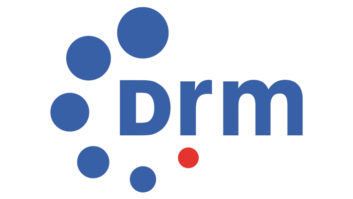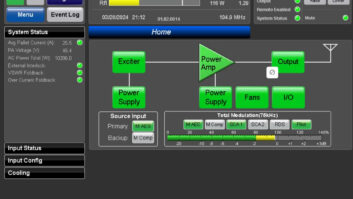A practical way to increase public access to digital networks is to make more use of the existing infrastructure of AM radio.
So says Lawrence Behr, head of LBA Group Inc., who delivered that message to a recent FCC conference about how to accelerate the rollout of broadband.
The company offers collocation techniques as part of its manufacturing and consulting work. LBA said Behr was invited to speak as an authority on co-utilization of AM radio towers by wireless carriers.
“Some of you may be wondering what kind of way-back time machine we’ve got here that brings 1920s broadband technology to the 2011 party,” Behr said in opening his remarks.
He emphasized the ready availability of AM radio sites for cell use. “Many people don’t understand the broad swath of AM broadcast infrastructure in the United States, encompassing some 10,000 or more towers that are employed by some 5,000 individual broadcast stations.” He said station owners can lease towers with no prior notification to the FCC; carriers install an antenna and then tell the FCC about the arrangement. Another benefit of collocation is the relative ease of public approval.
He acknowledged that some in wireless are cautious about working with a “throwback technology” like AM. He said leaders in AM and cell “don’t understand each other’s technology. Not only are they 1,000 megahertz apart, they are a hundred years apart.” Yet, he continued, the technologies are suitable partners at the “point of convergence” on an AM tower.
Behr talked about LBA Technology’s collocation techniques including its CoLoSite system for single- and multiple-tower AM antenna systems. “This is shovel-ready technology,” he said, according to a company summary of his remarks.







